Mysterious Britain & Ireland
The creature, possibly a water horse of Loch Suainbhal is referred to as the Searrach Uisge. The creature was said to inhabit the loch for over a century and in the nineteenth century it was described as being like an capsized boat when it was seen swimming around. Another description has it being forty foot long and eel like.
The pamphlet that deals with the Henham winged serpent also relates the story of a basilisk dragon that held siege to Saffron Walden centuries before. It was described as:
On 19 December 2008 the BBC News website featured a story entitled ‘Woman injured in ‘big cat’ attack’
An elderly woman has reported being attacked by a large cat in the Highlands.
Neidpath Castle is one of the stronger positioned Peel Towers or fortified Tower Houses that are dotted around the border lands, testimony to the troublesome period of Border skirmishing and lawlessness in the 14th-17th Century. The castle sits on a firm defensive position surmounting a rocky crag overlooking the River Tweed.
Powis Castle dates back to the 13th century when it was a medieval stronghold for the Welsh princes of Powys. It is now the ancestral home for the Earls of Powis and has been continuously lived in for over seven hundred years. It is only to be expected that a castle with such a long history would have acquired a few ghosts over the years.
The Ghosts:
In ‘Mysterious Places of Dorset’ by Robert Westwood a story is recounted of some ghosts being seen at Durdle Door. The original account appeared in ‘Mysterious Dorset’ by Rodney Legg, who was sent this story in the nineteen thirties. A sailor who was anchored at Durdle Door claimed to have heard a scream coming from the shore.
Behind the local school at Dyffryn Ardudwy and reached by a sign posted footpath two exposed cromlechs are visible amidst a field of stones. The cromlechs are about twenty feet apart and the stones that surround them mark the remains of the huge cairn that would have covered these graves that date back to the Neolithic period.
The Feathers Hotel is a beautiful seventeenth century building with a carved timber façade and a reputation of being haunted. It was originally built for an attorney called Rees Jones in 1619 and the Feathers name relates to the Ostrich Feathers that are part of the design in the exterior wooden façade.
IRISH FOLKLORE COMMISSION 1935-1970 : History, Ideology, Methodology [Micheal Briody] Between 1935 and 1970 the Irish Folklore Commission (Coimisiún Béaloideasa Éireann), under-funded and at great personal cost to its staff, assembled one of the world’s largest folklore collections.
Whilst reading part of Lewis’s Topographical Dictionary of Wales (1849), I came across a link between the River Artro and Taliesin.

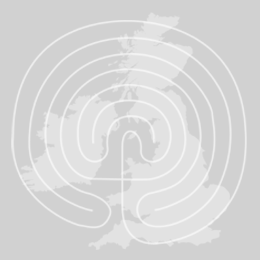
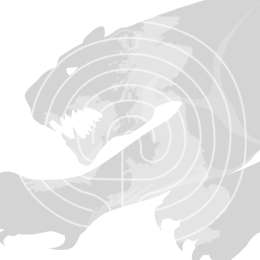
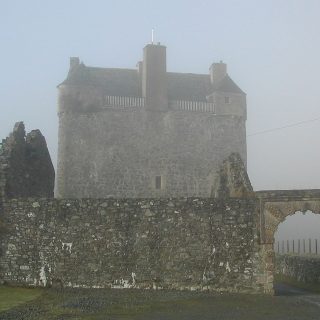
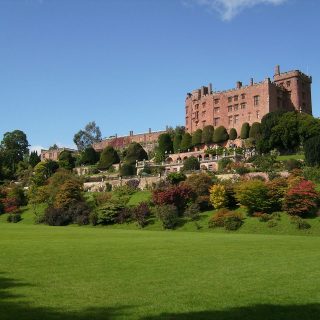
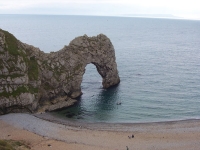
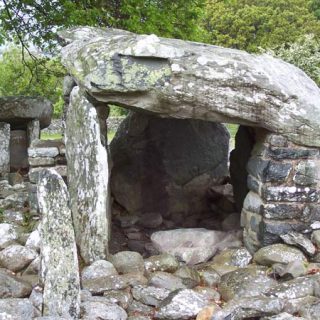
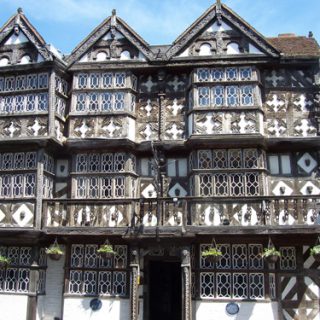
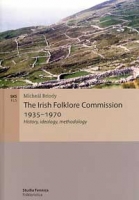
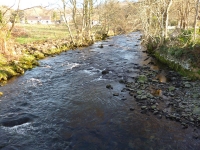
Recent Comments